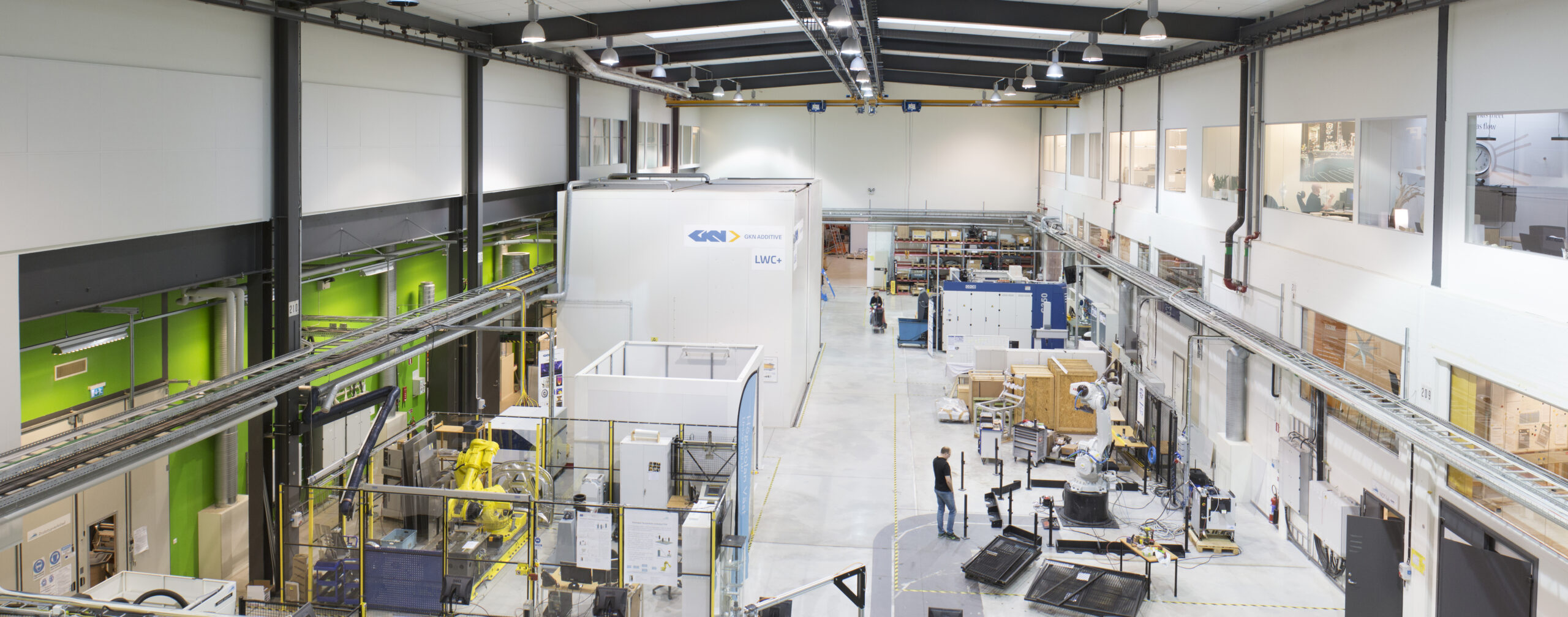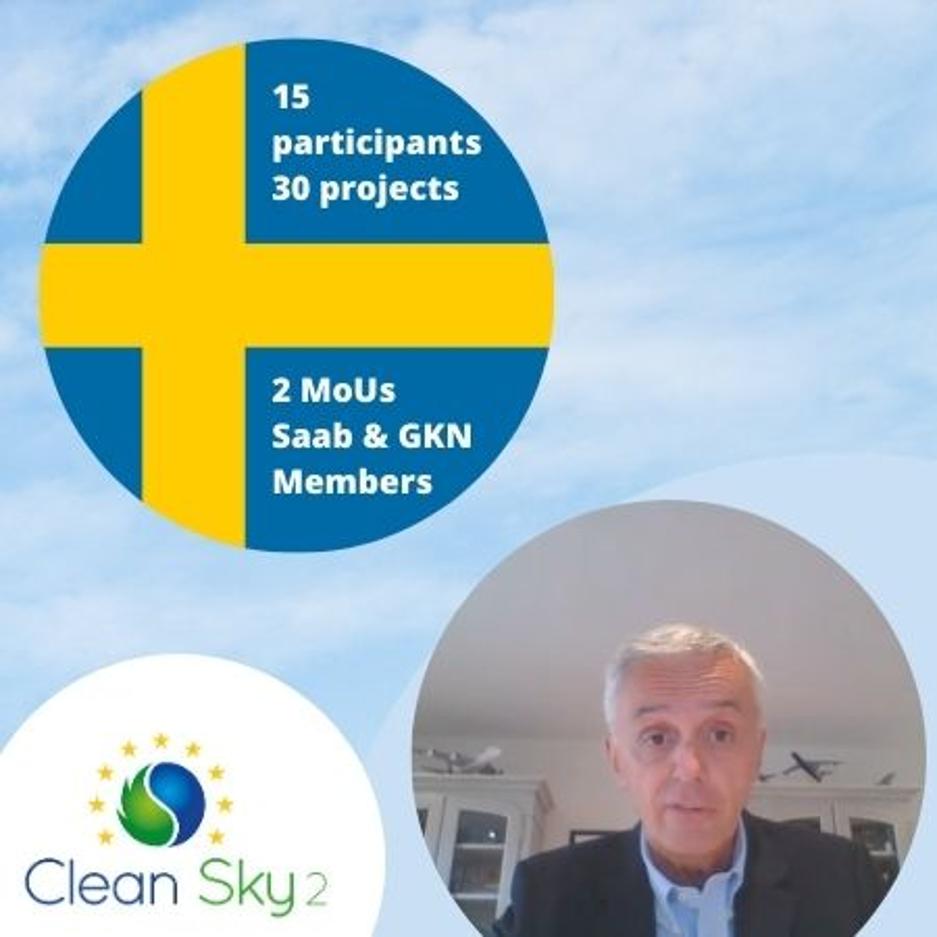The projects resulting from the UK-Sweden joint Aerospace Call 2020 are listed below:
Collaborative projects in aeronautics funded through the Innovair/ATI call:
FIBRESENSE
FibreSense is a collaborative research led by Rolls-Royce with Saab as the key collaborator. The project will develop on-engine sensing capability using novel fibre-optic technologies, enabling much higher resolution data compared to present technologies. It will significantly improve engine diagnostics, improving aircraft availability.
COMPASS
The COMPASS project will develop a new lightweight, energy efficient and cost-efficient solution for communication sensors and is a collaboration between Microchip and the Compound Semiconductor Catapult in the UK and Saab in Sweden. Small, lightweight sensors at lower cost could enable wide spread adoption of detect and avoid radars and imaging landing radars for all weather landings for commercial airplanes, resulting in safer flights and reduced energy consumption.
DEMAND-REPAIR
The DEMAND-REPAIR project will be led by GKN Sweden and will involve Sweden’s University West in Trollhättan and Phoenix scientific and TWI in the UK. The project will explore novel advanced manufacturing technologies and innovative titanium powders to repair the next generation of aero-engine components. Using these techniques to repair components will create drastic improvements to the sustainability of the industry, reducing raw material requirements and manufacturing efficiencies and extending the lifespan and maintenance of aircraft.
SIMLIGHT
The SIMLIGHT project, led by the ESI Group in Sweden and including Saab and the International technegroup in the UK will study the computational electromagnetic (CEM) simulation of the effects of lightning strikes on the fully connected aircraft. The project will enable design optimisation and reduced size, weight and increased efficiency of airborne electronics, as well as optimising electromagnetic compatibility and interference, improving the operational performance of aircraft and on board experience for passengers.
Open VISTA
The open Vista project is led by Saab in Sweden with GE Cheltenham as collaborators. The project will evaluate the integration of Saab’s 3-D Terrain database and 3-D Synthetic Vision System into GE’s Open Flight Deck Architecture for both the commercial and military aerospace market. The project will significantly improve advanced avionics systems and flight decks, including applications for Synthetic Vision Systems (SVS), Terrain Awareness Warning Systems (TAWS) and digital moving maps. The technology will be an enabler to accelerating the progression of cockpit avionics and therefore safer operations. Additionally, such technology is likely to benefit the airlines in operations and therefore lower fuel burn by optimising approach paths into airports.
AMASING IMC
The project, led by Renishaw in the UK and with GKN Sweden as partners will help develop the technology required to build large structures in a laser powder bed fusion machine, making it possible to produce larger components at a higher deposition rate. This will enable mass savings to be made for future generations of parts and also whole-life emissions and cost savings.
Collaborative project in aeronautics funded through Vinnova/ ATI:
HEPBAS
This project is led by Electroflight in the UK, with Baines Simmons and Sweden’s Heart Aerospace and research institute RISE as collaborators. It will research, develop, and ground test an innovative prototype high-energy propulsion battery system for electric aircraft. This will help to accelerate the transition of short-haul air travel to electric propulsion.


 Sweden has a proud history in aeronautics, and Clean Sky’s Executive Director Axel Krein was honoured to present Clean Sky’s sustainable aviation programme at Innovair’s annual meeting today.
Sweden has a proud history in aeronautics, and Clean Sky’s Executive Director Axel Krein was honoured to present Clean Sky’s sustainable aviation programme at Innovair’s annual meeting today.


